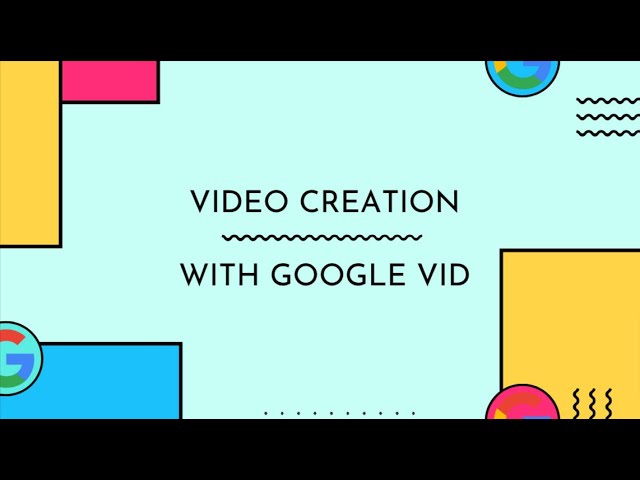
What Is Google Vids, and Why Should Translators Care?
Sounds unrelated to translation?
Quite the opposite. Google Vids is not just a content tool—it has the potential to become a multilingual content engine, especially with Google's Gemini AI and translation capabilities integrated. This means hundreds of videos in dozens of languages could be produced in a fraction of the time it once took.
The Threat: When “Machine Translation” Moves into Storytelling
Over the past decade, translation professionals have adapted to tools like Google Translate, DeepL, and CAT tools. But Google Vids takes things a step further—it doesn't just translate. It reinterprets, localizes, and presents content visually and vocally, using AI to do the work of multiple specialists.
Here are three key risks for the translation industry:
1. Automated Video Localization at Scale
Smaller businesses or startups may opt to use Google Vids to create bilingual or multilingual videos without hiring translation vendors.
2. Synthetic Voices Replacing Human Narration
Text-to-speech has become incredibly natural. For many types of content—training videos, internal updates—clients may settle for AI voices rather than paying for professional voice-over talent.
3. The Disappearance of the Middleman
Traditional agencies that simply pass content through translators may find themselves edged out by clients who now use AI tools directly for everything from script creation to dubbing.
The Opportunity: When the Role of Translation Evolves
Despite these disruptions, this is not the end—it’s the beginning of a new kind of translator: part editor, part creative consultant, and part localization strategist.
Google Vids actually opens up three key opportunities:
1. Post-AI Editing & Quality Control
AI may generate video and voice-overs, but who ensures linguistic accuracy, cultural appropriateness, and tone? Human editors will be essential for quality assurance—especially for client-facing content.
2. Multimedia Localization, Not Just Translation
Clients now need more than text translation—they need a localized video experience, adapted visuals, voice tone, culturally appropriate messaging. This is work for localization experts, not machines.
3. Multilingual Content Strategy
Agencies that embrace tools like Google Vids can evolve into multilingual content partners, advising on global communication strategies, building cross-language brand narratives, and scaling international video content.
Conclusion: It's Time to Redefine What It Means to “Translate”
Google Vids won’t kill translation—but it will transform how we define the work of a translator. It’s no longer about converting words from one language to another—it’s about retelling stories across languages, formats, and cultural contexts.
And for those willing to adapt, evolve, and lead the conversation, Google Vids is not a threat—it’s a gateway to a future where language professionals create more value than ever before.